Unlocking the Mystical Wisdom of the Ten Great Wisdom Goddesses
The Dasha Maha Vidya, or the Ten Great Wisdom Goddesses, represent a unique and profound tradition within Hinduism. Each of these goddesses embodies a different aspect of the divine feminine energy, offering devotees spiritual insight, protection, and the power to transcend worldly challenges. Exploring the Dasha Maha Vidya is a journey into the heart of Tantric philosophy, where the divine feminine is revered as both the source of creation and the ultimate reality.
Understanding Dasha Maha Vidya: The Ten Goddesses
The term “Dasha Maha Vidya” is derived from Sanskrit, where “Dasha” means ten, “Maha” means great, and “Vidya” means knowledge or wisdom. These goddesses are not just deities but personifications of cosmic powers that govern various aspects of life and the universe. Each goddess represents a different facet of existence, from the fierce and destructive to the nurturing and benevolent.
KALI
The Fierce Mother
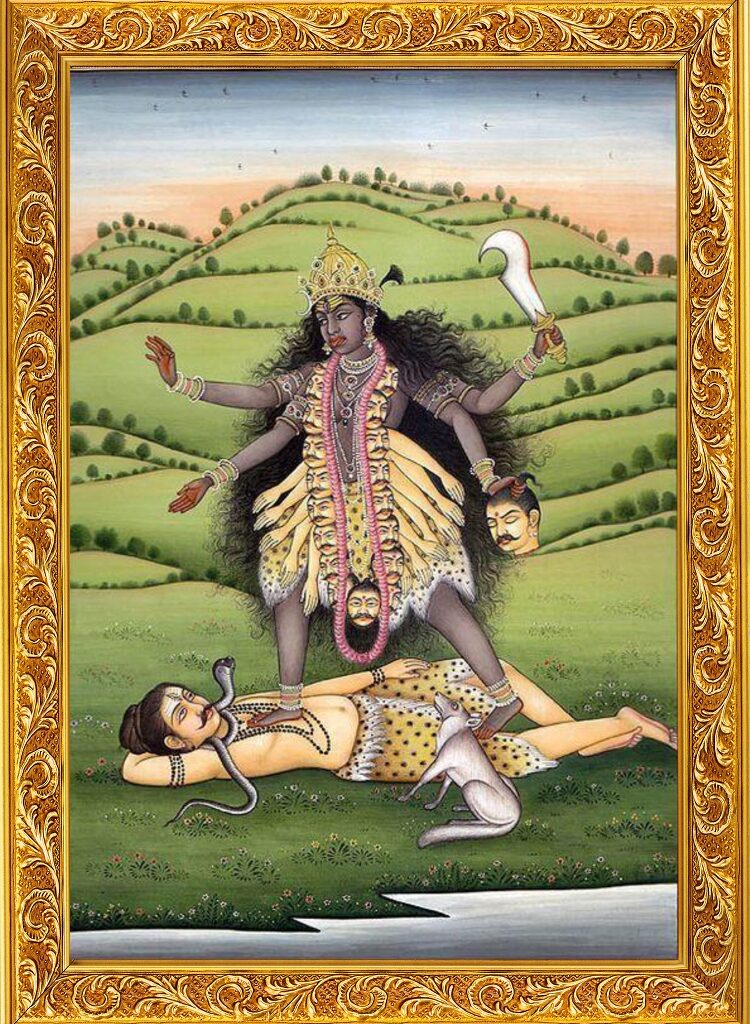
Kali is the most prominent and widely worshiped among the Dasha Maha Vidya. She is the goddess of time, change, and destruction. Kali is often depicted with a fierce expression, a garland of skulls, and a blood-stained sword. She is worshiped as the destroyer of evil and ignorance, leading her devotees to liberation.
TARA
The Compassionate Savior
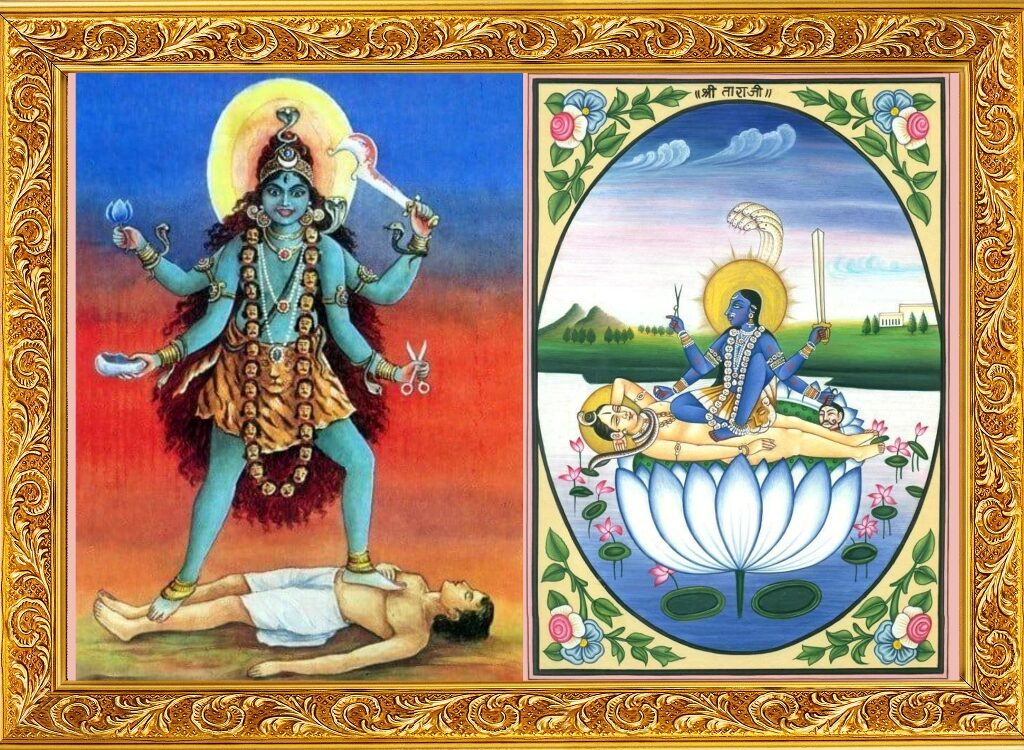
Tara, the second in the Dasha Maha Vidya, is the goddess of compassion and protection. She is often depicted as a dark-skinned goddess, embodying both creation and destruction. Tara is the one who guides her devotees across the ocean of existence, helping them overcome the challenges of life.
SHODASHI
The Beauty of the Three Worlds
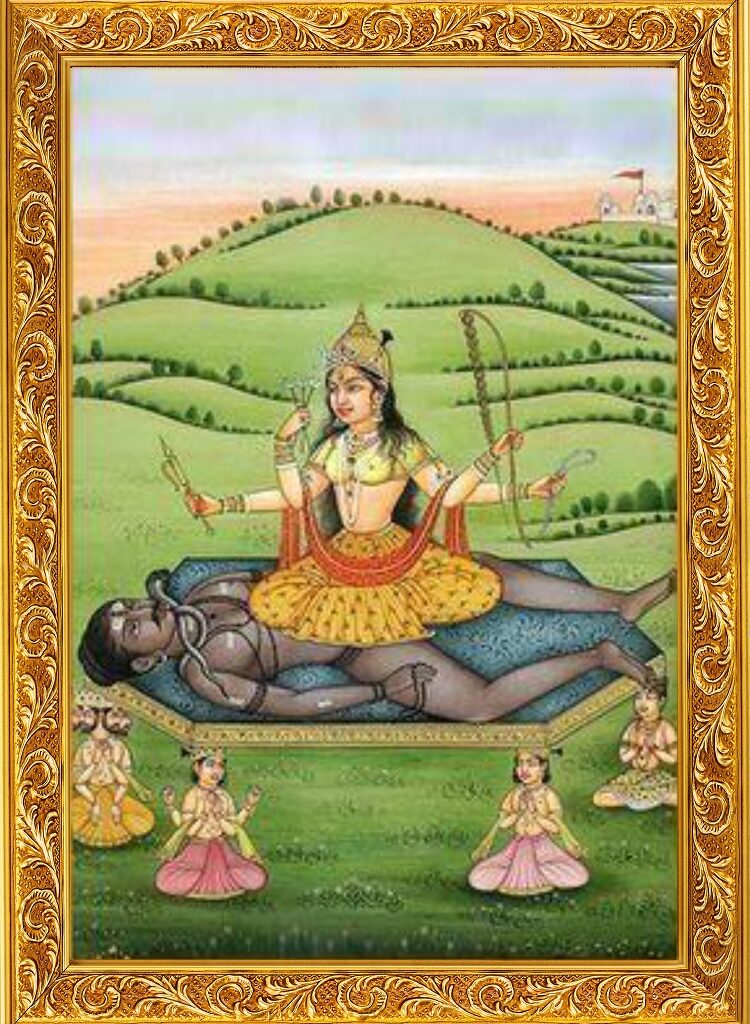
Tripura Sundari, also known as Shodashi, represents beauty, love, and abundance. She is the goddess of perfection and harmony, often depicted as a sixteen-year-old girl, symbolizing purity and the potential of youth. She is worshiped for wealth, prosperity, and spiritual bliss.
Bhuvaneshwari
The Queen of the Universe
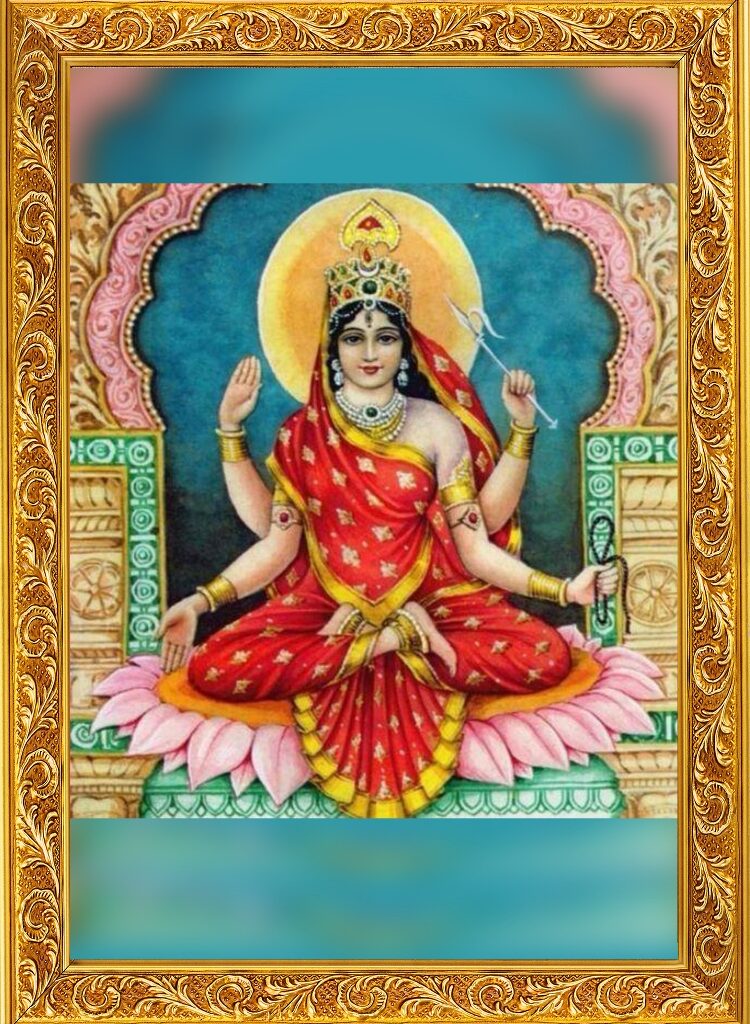
Bhuvaneshwari is the goddess who embodies the entire cosmos. She is the space in which the universe resides, the queen of all worlds. Her worship brings peace, stability, and harmony in one’s life, aligning the individual with the cosmic order.
Bhairavi
The Terrifying One
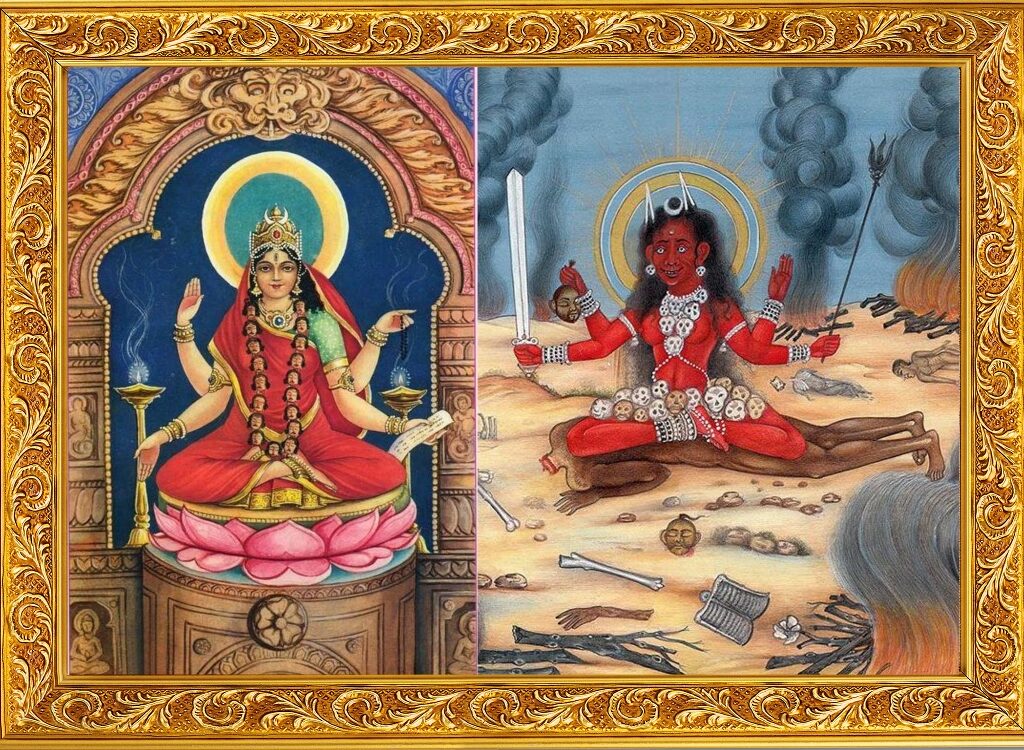
Bhairavi is the fierce aspect of the divine feminine, representing the power of destruction. She is the goddess of death and decay, but also of spiritual transformation. Her worship is said to destroy obstacles and lead devotees to the ultimate truth.
Chhinnamasta
The Self-Decapitated Goddess
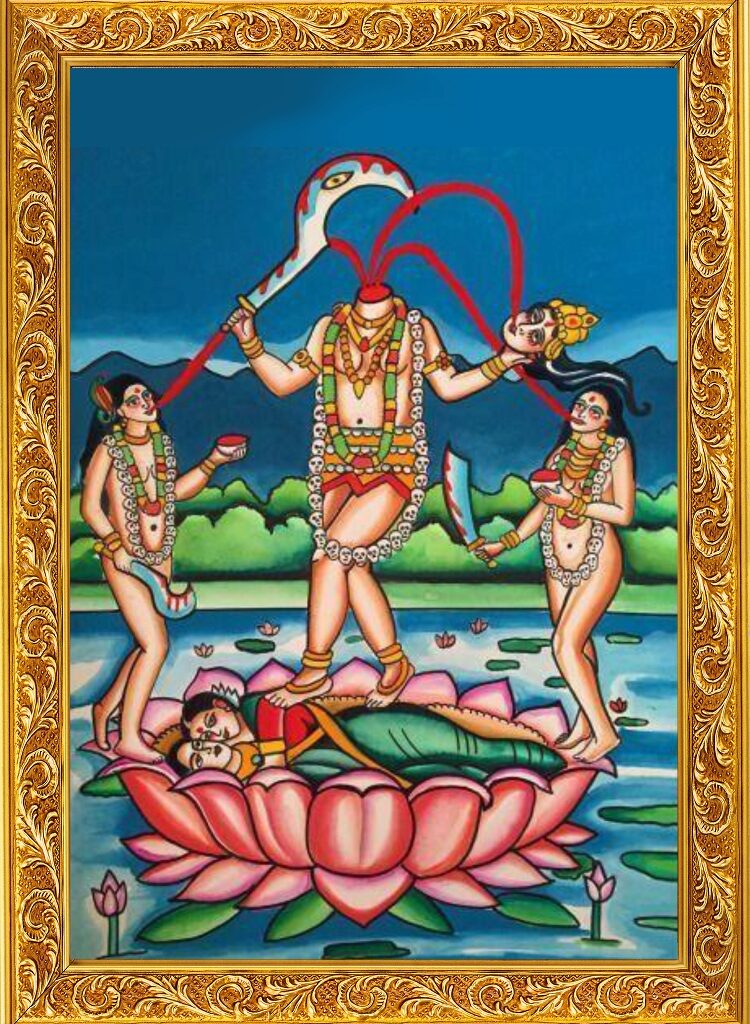
Chhinnamasta is one of the most enigmatic goddesses in the Dasha Maha Vidya. She is depicted as holding her own severed head, symbolizing the transcendence of ego and the sacrifice of the self. Her worship is associated with courage, self-control, and the awakening of kundalini energy.
Dhumavati
The Widow Goddess
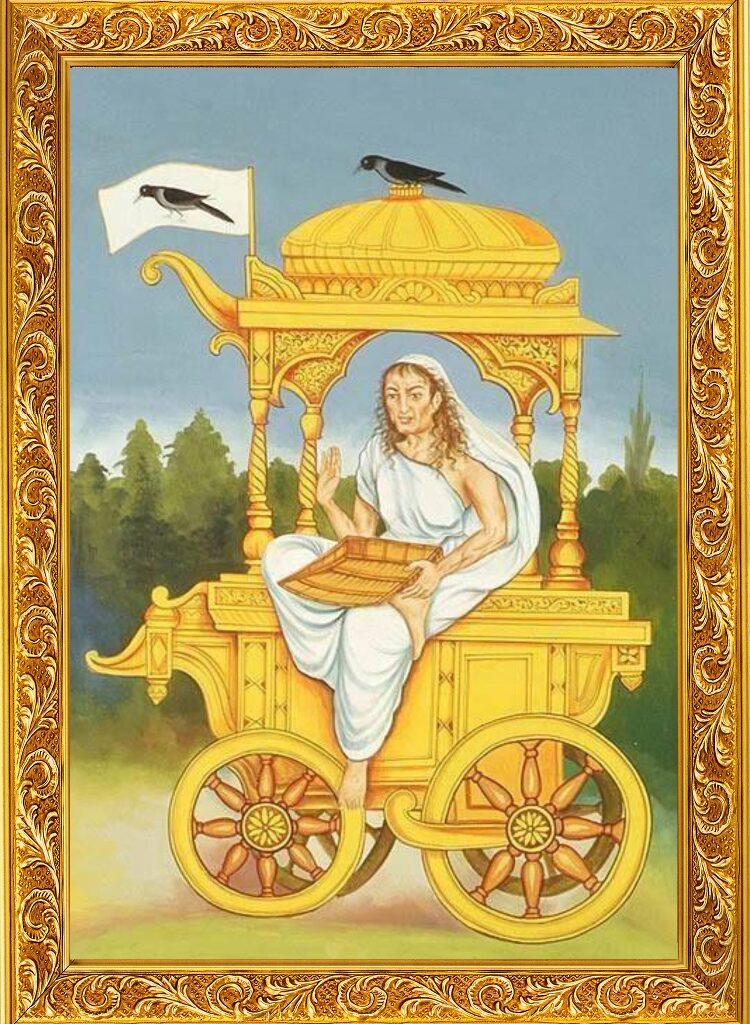
Dhumavati represents the inauspicious and the rejected aspects of life. She is depicted as an old, widowed woman, embodying suffering, poverty, and loss. However, she also represents the wisdom that comes from experience and the strength to endure life’s challenges.
Bagalamukhi
The Paralyzer of Enemies

Bagalamukhi is the goddess of power and domination. She is worshiped to gain control over enemies, to stop gossip, and to win legal battles. Her name means “crane-faced,” symbolizing the stillness and focus needed to overcome obstacles.
Matangi
The Outcast Goddess
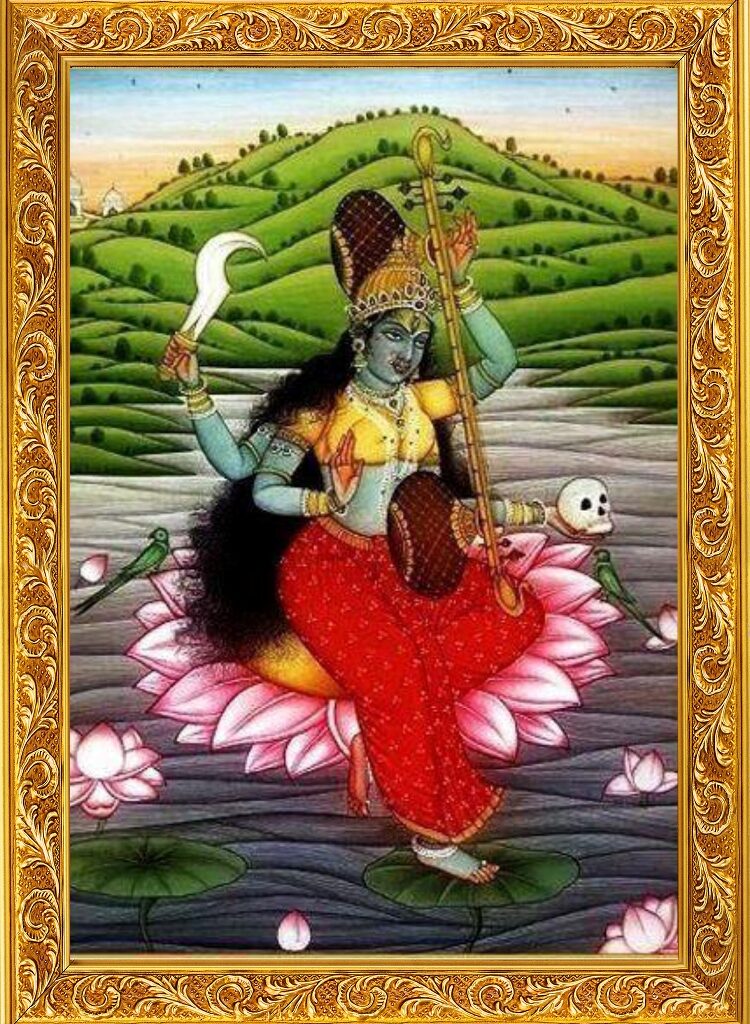
Matangi is the goddess of inner knowledge and speech. She is often associated with the marginalized and outcasts of society. Her worship is said to grant mastery over words, wisdom, and the arts, making her a patron of musicians and poets.
Kamala
The Goddess of Wealth
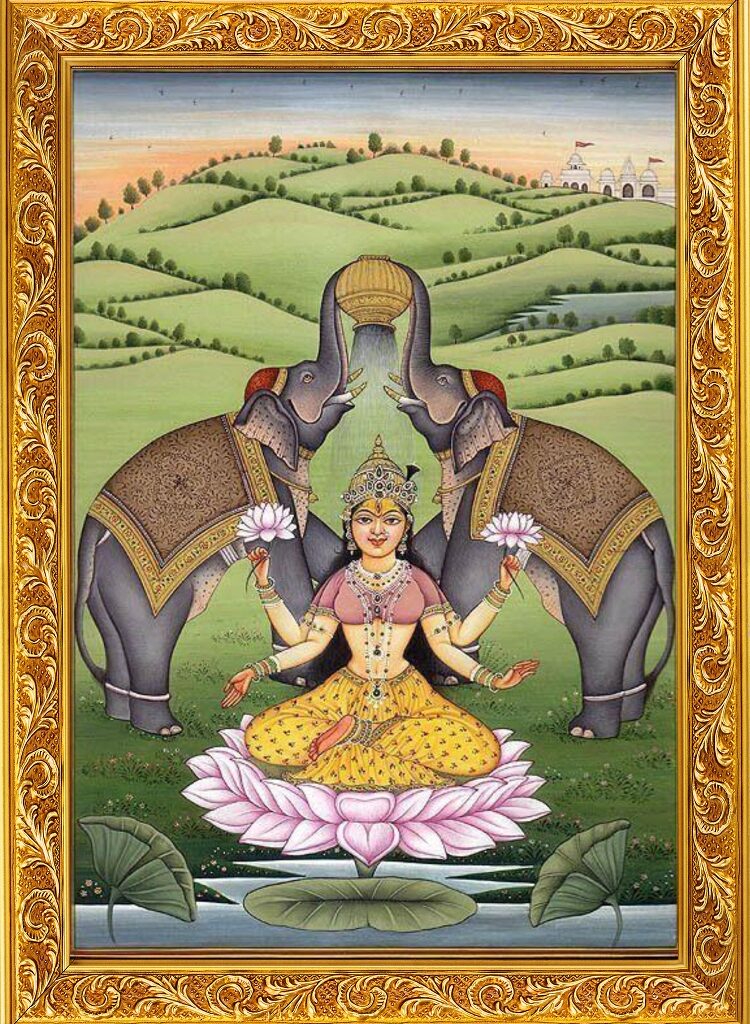
Kamala is the tenth and final goddess in the Dasha Maha Vidya. She is often equated with Lakshmi, the goddess of wealth, prosperity, and fertility. Kamala represents the fulfillment of worldly desires and the material aspect of existence.
The Significance of Dasha Maha Vidya in Tantric Worship
The Dasha Maha Vidya are central to Tantric worship, where each goddess is seen as a path to spiritual enlightenment. Unlike traditional forms of Hindu worship, Tantra embraces the totality of existence, including both the light and dark aspects of life. The Dasha Maha Vidya represent this balance, offering devotees a way to transcend duality and experience the unity of all creation.
Worship of the Dasha Maha Vidya involves various rituals, mantras, and meditation practices designed to invoke the goddess’s energy. Each goddess has her own unique mantra, yantra (sacred geometric design), and specific rituals that are believed to bestow her blessings upon the devotee.
The Relevance of Dasha Maha Vidya in Modern Life
In today’s fast-paced world, the wisdom of the Dasha Maha Vidya remains profoundly relevant. Each goddess offers a unique perspective on life, helping individuals navigate the complexities of modern existence. Whether it is the fierce courage of Kali, the compassionate guidance of Tara, or the abundance of Kamala, these goddesses provide spiritual tools to overcome challenges, achieve personal growth, and find inner peace.
For those facing obstacles, the worship of Bagalamukhi can bring the power to overcome enemies and negativity. In times of loss or despair, turning to Dhumavati can provide the strength to endure and the wisdom to understand life’s deeper meanings. For those seeking prosperity, Kamala offers the path to material and spiritual abundance.
Conclusion: Embracing the Wisdom of Dasha Maha Vidya
The Dasha Maha Vidya represent a powerful and transformative spiritual tradition within Hinduism. These ten goddesses, each with her own unique qualities and powers, offer profound insights into the nature of the divine feminine and the universe. By embracing the wisdom of the Dasha Maha Vidya, devotees can unlock the mysteries of existence, achieve spiritual enlightenment, and live a life in harmony with the cosmic order.
Whether you are a spiritual seeker or simply curious about the rich tapestry of Hindu philosophy, the Dasha Maha Vidya provide a deep well of knowledge and inspiration. Through their worship, one can transcend the limitations of the material world and connect with the infinite, experiencing the ultimate truth that lies beyond the veil of illusion.
